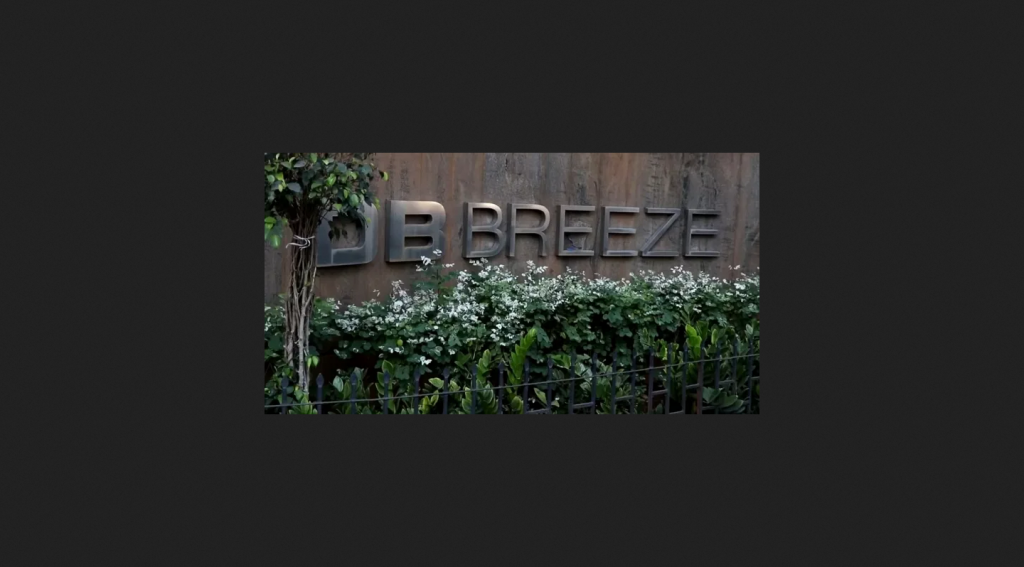The city civil court at Dindoshi in Bombay has held that Kangana Ranaut was in grave violation of the sanctioned plan when she merged three flats into one unit in the DB Breeze building at Khar (opposite Khar Gymkhana) in Bombay. This, the court added, required permission of the competent authority. The actress had covered the sunk area, duct area and common passage as per her own convenience and had included the free FSI into habitable. Saying this, the court dismissed Kangana’s interim application to stay a 2018 notice issued by the Brihanmumbai Municipal Corporation over the alleged unauthorised modifications to her flats. The operative order was passed on December 22, 2020.
The actress had covered the sunk area, duct area and common passage as per her own convenience and had included the free FSI into habitable.

The court, however, continued the interim relief of status quo granted to Kangana in January 2019 in her favour, for six more weeks. In its reasoned order of December 28, 2020, the court said that Kangana failed to show the authorisation and also failed to demonstrate that the impugned notice and orders passed by the designated BMC officer were bad in law. It added that she was, therefore, not entitled to the relief sought. On her part, Kangana Ranaut had denied having made any alterations or structural changes to her residential flats.
Kangana failed to show the authorisation and also failed
to demonstrate that the impugned notice and orders passed by the designated BMC officer were bad in law.

The BMC had in March 2018 issued the actress a notice under the Mumbai Regional Town Planning (MRTP) Act and said that she could apply for regularisation of the work within a month. In May 2018, the BMC issued an order, directing her to restore the flats to their original sanctioned plans within seven days, failing which they would be demolished. Kangana challenged the notice and the order, both of which were described by the BMC lawyer as being lawful.
The court neither found the BMC notice vague nor found any substance in Ranaut’s plea that the BMC had failed to follow the standard operating procedures (SOPs) while taking photographs and measurements of the alleged unauthorised structure. The court said that flouting of SOPs was a procedural defect. The court added that a procedural defect would not entitle the plaintiff to get relief unless she established the authenticity of the structure.
The court added that a procedural defect would not entitle the plaintiff to get relief unless she established the authenticity of the structure.






























